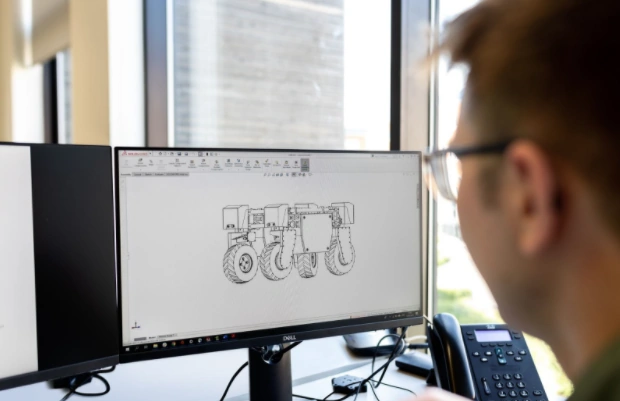Constructability
While BIM is far more than 3D modeling, said 3D modeling brings a great advantage to the construction management table. These models help visualize the end goal of the project and can do so no matter how trying the building conditions will be. Potential clashes can be detected far before they become an actual costly clash. Further, time can be spent even before ground is broken to find the best solution to a particular problem, as an example better mapping of roads to best meet the project’s needs long before the roads are constructed.
Costing
The costing and cost estimates if done incorrectly or even just slightly flawed will sink the profitability of a project. BIM allows for 3D models to contain detailed information as to materials to be used and expected performance. In practical terms, this means that contractors no longer have to do separate material calculations and can just use the shared quantity report saving time as well as over costing or under costing of material.Construction Sequencing
The construction industry as a whole has been slow to adopt new technologies but adopters of BIM are seeing increased adoption of disruptive technologies such as AI and machine learning. BIM users have already reported better construction sequencing while using the technology in that construction phases can be planned virtually and used to determine the optimal construction sequencing. AI and machine learning which have been adopted by BIM will only improve this advantage further.Offsite Construction
Prefabrication and modular construction techniques that utilize offsite construction are becoming increasingly relied on. For those who have adopted bim in construction management roles, the use of modular construction and prefabrication is inherently supported by the technology. A BIM model can be used to supplement the automation of constructing modular components offsite as one example of the support given to this interesting sphere of construction.Improved Handover
Given that the BIM model can be updated throughout the construction phase which in turn can be accessed by all other parties including stakeholders no surprises are in store for when handover occurs. The model's life cycle also does not end after the handover as the model can be used by facilities staff in the maintenance of the building and during upgrades to facilities.This is not an exhaustive list of the advantages BIM has been seen to deliver on but is certainly of importance to the construction management side of the construction ecosystem. As more countries look to adopt BIM as an industry-standard it is clear that BIM adoption will become a requirement for many, this is due in part to the advantages the technology has brought to bear.